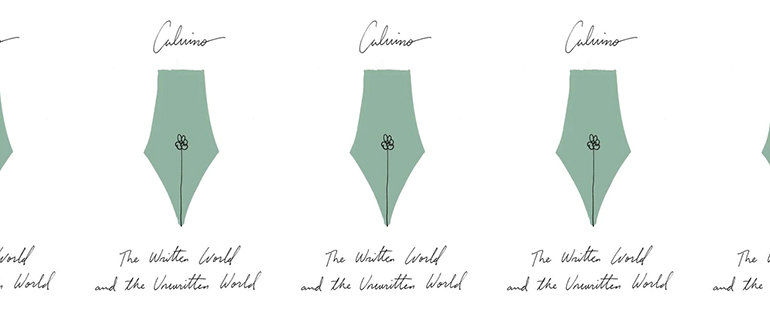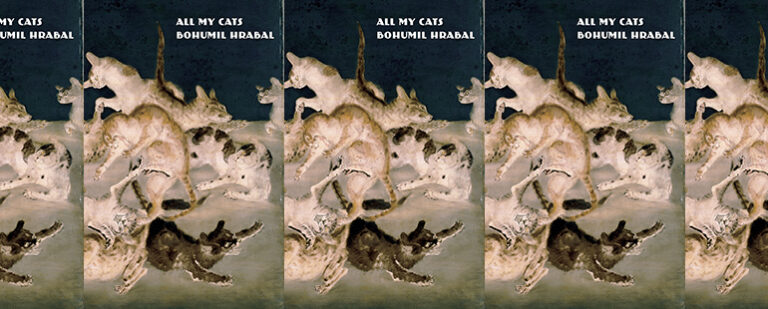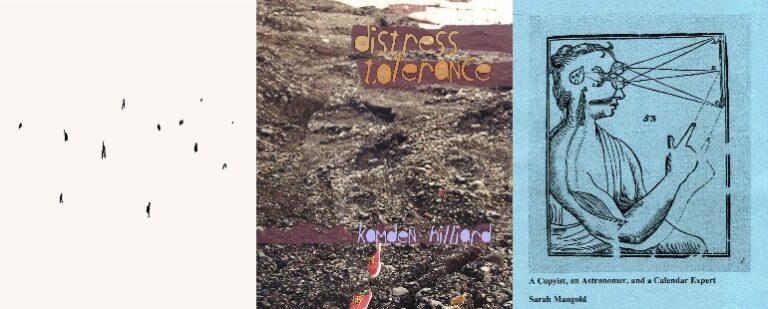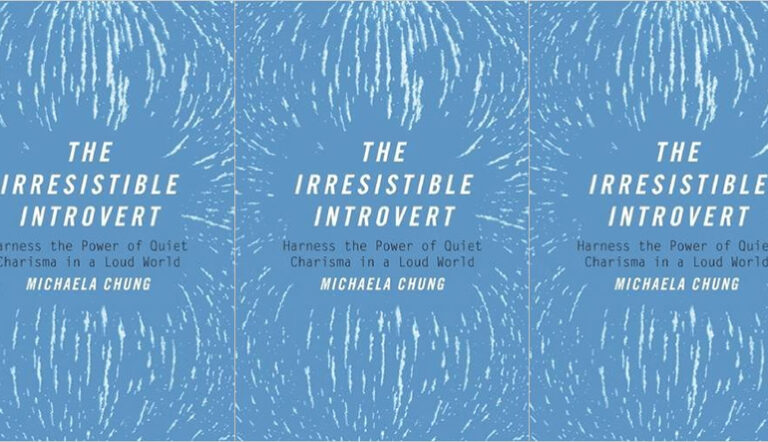Knowing and Not Knowing in Italo Calvino’s The Written World and the Unwritten World

The Written World and the Unwritten World
Italo Calvino (translated by Ann Goldstein)
Mariner Books Classics | January 17, 2023
The release of The Written World and the Unwritten World, a collection of Italo Calvino’s nonfiction—in the centenary of his birth, no less—is an exciting event. That it is translated by the talented Ann Goldstein—the translator of Elena Ferrante’s Neapolitan Quartet, among other achievements—makes it especially celebratory. The book, spanning thirty-two years and featuring essays, presentations, correspondence, notes, lists, and criticism, rounds out our appreciation of Calvino’s fictional prowess and serves as a living conversation with one of the greatest writers of the twentieth century.
The Written World and the Unwritten World provides the reader with a deep sense of the range of Calvino’s interests and his open-minded approach to what constitutes art, as well as the pleasure it incites in him. There’s a simplicity to his considerations that is anything but easy to accomplish, even in the most talented of hands. “But telling a story is telling a story; narrative that is concerned with telling a story has its work to do, and its moral, and its way of leaving a mark on the world,” he writes. And, further: “…it seems to me that I can venture a new definition of what the novel is today (and therefore always): narrative work that is accessible and significant on many intersecting levels. Considered in the light of this definition, the novel isn’t in crisis. Rather, ours is an era in which no reality can be approached unless it is read in multiple ways.” I have returned to this passage many times over. Here we are in a time when many perspectives are in conflict with each other, when we often choose not to engage with or can’t comprehend other viewpoints. Where do we go, as artists, as individuals, if we blindly choose to hear single notes rather than a complex chorus?
Calvino’s thoughts on translation, and translation of Italian work specifically, are equally interesting, as are his ruminations on the avant-garde, the regeneration of language, the state of publishing (which also feel immediately relatable). Certain themes repeat across the collection, such as the form and function of fiction, the interaction of different artistic modalities, the collision of history and modernity, and, especially, his sheer enjoyment of art, all art. “I am not among those who believe that human intelligence is about to die, killed by television,” he writes. “There has always been a culture industry, containing the danger of a general decline of intelligence, but something new and positive always emerges from it. I would say there is no better terrain for the birth of true values than that which has the stink of practical requirements, market demands, consumer production: that’s where Shakespeare’s tragedies originate, Dostoyevsky’s serial novels, and Chaplin’s comedies.” In correspondence with Angelo Guglielmi, Calvino writes, “I don’t doubt that you have good reasons for diagnosing the end of literature…But I’m not very convinced by them. All reductions to zero interest and cheer me, because then I’ll be able to see what comes after zero: that is, how the discourse will resume; that is, how the totality of culture, which has suffered many earthquakes and razings to the ground and has so far lived through them, will manage to overcome this, too (not so big, compared with others); that is, how it will restore truth to old discourses that can be good again.”
The title essay—a transcript of Calvino’s 1983 speech at New York University, later translated by William Weaver for publication in New York Review of Books—is worthy of multiple rereadings. At the time of its delivery, Calvino had attained worldwide success; he was also pondering the word, and how it informs and falls short of expressing our world. The themes that Calvino underscores in this address can be seen throughout his oeuvre, and are ones with which writers continue to grapple. These, too, are the thoughts of a man who was unknowingly near the end of his life. In his youth, he writes, “I had the illusion that the written world and the unwritten world illuminated one another; that the experiences of life and the experiences of reading were in some way complementary…[but now I know] within books, experience is always possible, but its reach doesn’t extend beyond the blank margin of the page. Instead, what happens in the world that surrounds me never stops surprising me, frightening me, disorienting me. I’ve witnessed many changes in my lifetime, in the vast world, in society, and many changes in myself, too, and yet I can’t predict anything, not for myself or for the people I know, and even less regarding the future of the human race.”
Like Invisible Cities’s Marco Polo, who told Kublai Khan, “Every time I describe a city I am saying something about Venice,” Calvino continues to return to theme of the written world and the larger, unwritten world—the former an attempt to describe our challenging times and imperfect human hearts, and the latter open and unfathomable, ultimately never completely in our grasp. This is the hero’s journey, and it is also the artist’s journey. As the writer surrenders to not knowing—indeed, to the inability of language to express the ineffable—“I feel close to understanding that from the other side of the words, from the silent side, something is trying to emerge, to signify through language, like tapping on a prison wall.”
When considering Goldstein’s achievement in translating the pieces within The Written World and the Unwritten World that deal themselves with this ineffability, perhaps I should again allow the maestro to speak: “Translating is an art: the transfer of a literary text, whatever its value, into another language always requires some type of miracle,” Calvino—in Goldstein’s translation—writes. “We all know that poetry is untranslatable by definition; but true literature, including prose, works precisely in the untranslatable margins of every language. Literary translators are those who stake their entire being to translate the untranslatable.” By every measure that I can imagine—having not read the originals—Goldstein’s work has succeeded.
The disciples of Calvino—like those of Borges and Beckett—are legion and loyal. For me, as a writer, an editor, a critic, but most of all as a reader, his work fascinates, inspires, and illuminates. So often after reading a passage in this collection, I thought, “Ah, he is whispering to me.” The Written World and the Unwritten World will resonate with many—linguists, writers, editors, philosophers, translators, and readers alike. “I don’t think reading is comparable to any other means of learning and communication,” he writes, “because reading has a rhythm that is ruled by the will of the reader; reading opens spaces for interrogation and meditation and critical examination, in short, of freedom; reading is a relationship with ourselves and not only with the book, with our inner world through the world that the book opens up to us.” Calvino, that artisan of possibilities, is of his time and our time, as is this collection, which is a necessary addition to our knowledge of and conversations about him, one hundred years after his birth.


